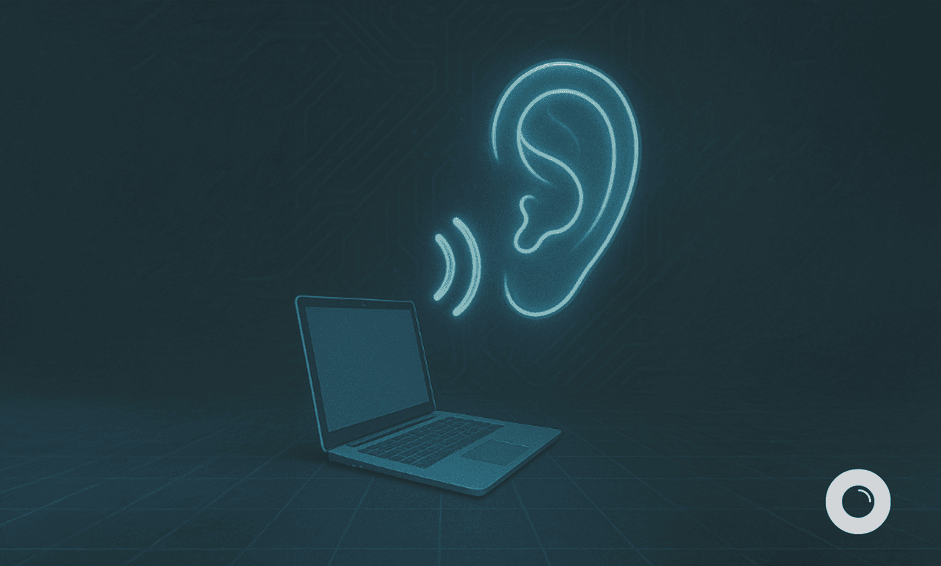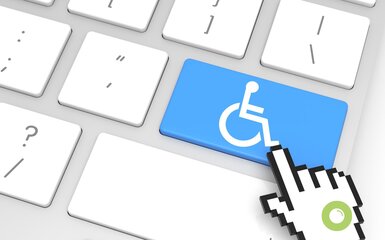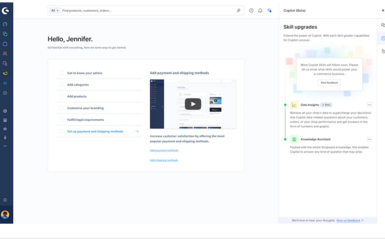When everything talks to each other and all you have to do is listen

Reading time:
minutes
It starts with a simple idea:
“Why only automate emails when our users have long been using multiple channels?”
But then you dive into a system of touchpoints, platforms and formats.
And you quickly realize: automation is not a one-way street project. It only becomes powerful when you think in a networked way.
Automation does not end in the mailbox
When it comes to automation, many people think of emails first. Understandably, they are easy to measure, easy to control and cost-efficient.
But users today are no longer linear. They google, scroll, chat, compare, sometimes simultaneously, sometimes with pauses in between
And this is precisely where the potential of omnichannel automation lies:
- Social media: Automated responses to interactions, chatbot-based conversations in DMs, lead ads with CRM connection.
- Web: Dynamic content based on user behavior, exit-intent pop-ups, retargeting via custom audiences.
- Chatbots: Real-time dialogs, tailored to previous touchpoints - from consulting to lead qualification.
- SMS & push messages: Short, direct, attention-grabbing - often underestimated, but highly effective.
- Print & offline (yes, really): Processes can also be automated here - e.g. through time-controlled mailings or voucher codes via triggers.
Cross-channel campaigns when systems reinforce each other
Imagine a person registers for a white paper via a LinkedIn form. They then receive an automated email. Two days later, a retargeting ad appears in their feed. This is followed at the weekend by an SMS with a reminder to register for the event.
Each step builds on the previous one. No channel stands alone.
This is not a dream of the future - this is everyday life for companies that synchronize their systems.
The decisive factor here is not the technology. It's the orchestration of messages, times and experiences.
Customer loyalty across multiple channels
A concrete use case from the SME sector:
A SaaS provider wanted to improve user retention in the first month after the test phase. An automated cross-channel onboarding process was developed together:
Day 0: Welcome email with personalized setup link.
Day 2: Retargeting ad with tutorial video (Meta & LinkedIn).
Day 4: Chatbot trigger on website on return: “Do you need help getting started?”
Day 7: In-app notification + follow-up email with progress analysis.
Day 10: Push message with feedback link + reward.
Day 14: Summary email + upgrade offer.
The result:
📈 Significantly increased activation rate.
📉 Reduced churn rate.
🧭 A measurably more consistent user experience - regardless of the channel.
What does it take?
Omnichannel automation does not mean doing “everything everywhere”.
But rather:
🔗 Systems that talk to each other, e.g. email, CRM, ad manager, website tracking.
🧠 Strategies that think across channels Persona-dependent, phase-oriented.
🧰 Tools that can be flexibly integrated - e.g. via APIs, Zapier, native connections.
And above all: a team that keeps an overview. And doesn't make the mistake of immediately trying to squeeze every new channel into a campaign.
Would you like to find out more about this topic and what automation you urgently need? Then arrange a consultation directly at www.asioso.com.




